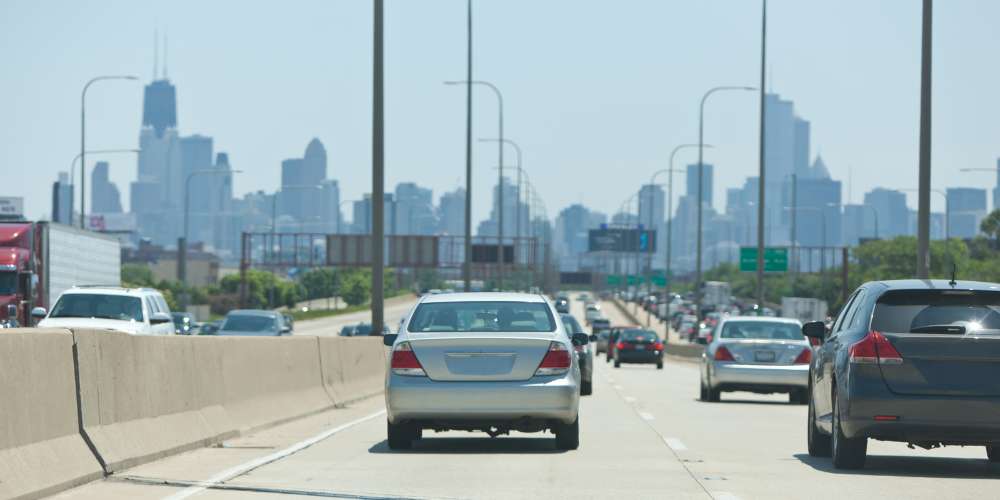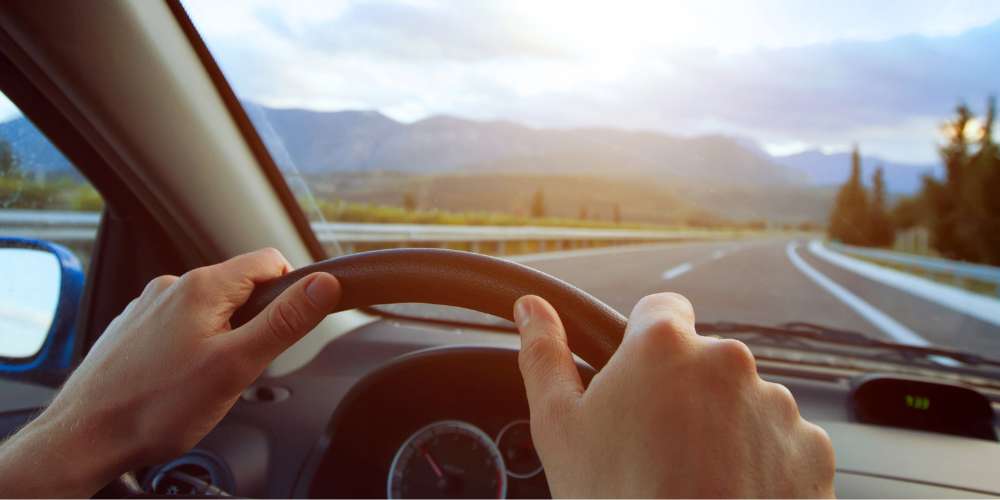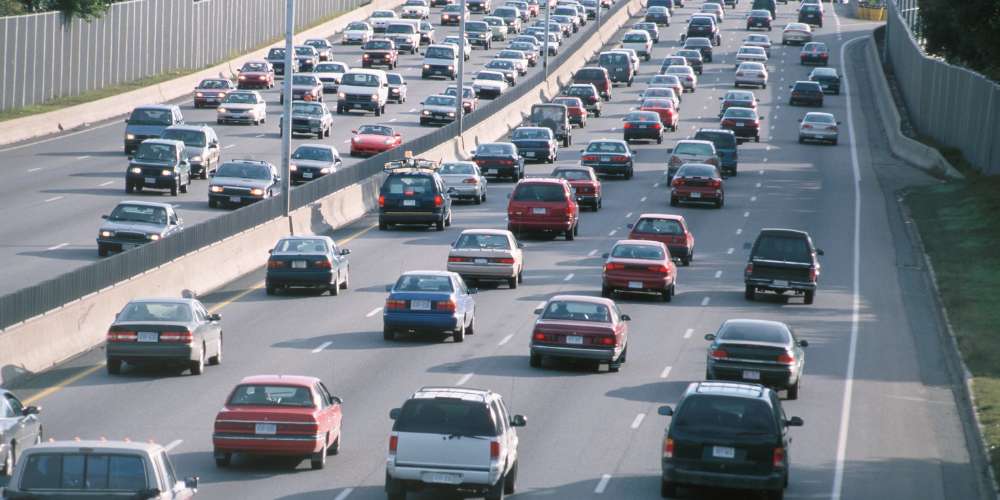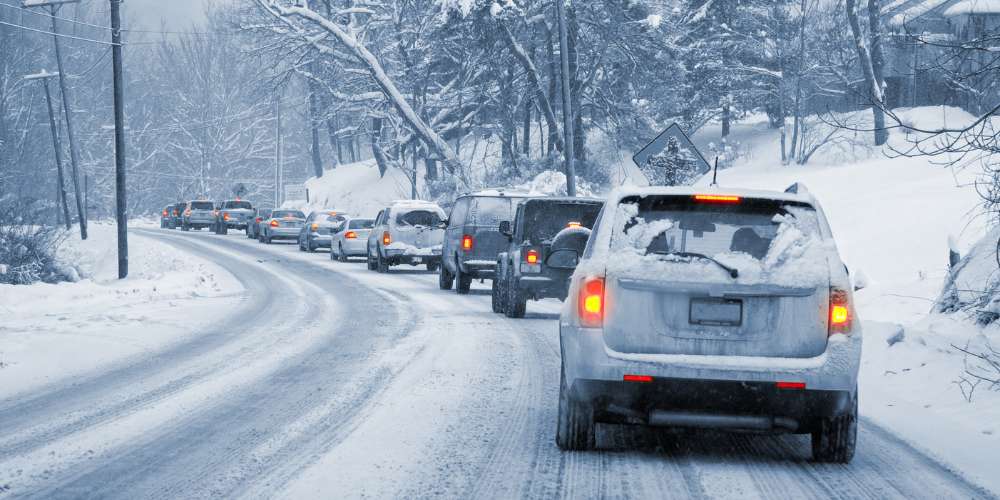Car accidents are commonly painful experiences. Even minor fender benders can result in whiplash or…

5 Tips for Safe Driving in Chicago
While we recommend seeing a chiropractor after a car accident, the most important way to treat injury from a car accident is to not have one in the first place. Safe driving practices are the best way to prevent injury, and it’s important to understand how you can reduce the risk of a car accident with your own driving techniques. However, it can be difficult to drive safely in a big city like Chicago. Here are some tips to drive safely in Chicago from our experience.
Practice good driving fundamentals

The best way to protect yourself is to be careful about your own driving safety as well as your surroundings and other drivers. Make sure you and your passengers are wearing seatbelts in case of an emergency. Whether you’re driving on highways or in the downtown area, don’t rush your way through traffic or break traffic laws if you’re in a hurry. Remember to check your mirrors and blind spots and to give other drivers a heads up with your signals. Make sure that you don’t drive while tired or impaired, as this is one of the most common reasons people get in accidents.
Map your route & prepare to park

Chicago is a big city with a network of sprawling roads. Driving around while unsure of how to get to your destination is a high risk factor for car accidents, as hesitation or a wrong turn can confuse other drivers. Make sure to know your route well or use hands-free navigation.
Parking can sometimes be a challenge to find in downtown Chicago. For easy assistance in finding parking, you can view Chicago Parking Map’s interactive parking map. Planning ahead can give you an easier time navigating the city.
Mind your fellow commuters

While car transport is the most popular mode of transportation, accounting for around 70% of commuters, other means are still popular including the subway, bus, taxi or biking. Keeping an eye out for cyclists is especially important since their smaller frame can make them easy to miss and result in an accident. If you cycle, check out our safety tips to prevent common biking accidents.
Chicago is also home to iconic landmarks and attractions. Near these locations, there are more likely to be tourists who may be unfamiliar with the rules or behaviors of drivers. Be sure to pay extra attention at these spots.
Don’t put the “rush” in rush hour

It’s always frustrating being stuck in traffic on the way home from your commute in Chicago. Rush hour is a common time where people make mistakes because they’re tired and anxious to get home. With more cars on the road, traffic jams, angry drivers, and weaving cars become a more frequent occurrence. As hard as it can be, the best thing to do is to be attentive to other drivers’ behavior, maintain consistent speeds, and take deep breaths to stay calm and ready.
If you can avoid rush hour, you’ll stay safer (plus save time and gas!) Rush hour is generally between the hours of 7 to 9 am and 4 to 5:30 pm. Sometimes, it’s worth it to leave a little earlier or a little later, especially if you’re driving around or in a big city.
Don’t skate around inclement weather conditions

Chicago is known for its harsh winters and chilling temperatures, and driving becomes even more dangerous with factors of snow and ice. In fact, it can take your car 10 times longer to stop on snowy roads, so it’s important to exercise caution when taking to the roads during the winter.
Rain can be just as dangerous as snow due to hydroplaning and limited visibility. Many drivers have misconceptions about how they should drive in the rain as well, which can lead to more accidents.
With any weather condition, the best tips are to reduce your speed, keep your headlights on so other drivers can see you, and to keep your focus on the road.
Plan ahead for the worst
Unfortunately, even with safe driving, accidents can still happen. Before you get into a car accident, it is a great idea to be prepared ahead of time to get treated in case of an emergency. At Accident Treatment Centers, we work with people that have been in car accidents all the time by connecting them to licensed chiropractors who can help.
Contact us here to start your treatment and recovery journey.



